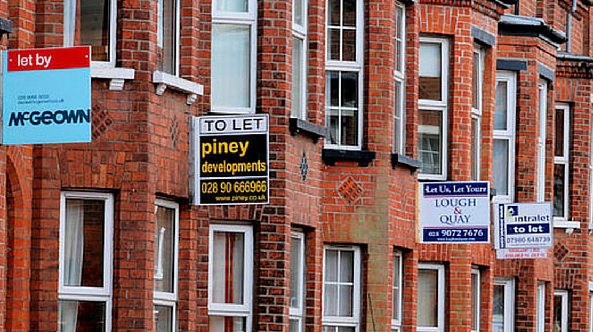Property investors funnelled an additional 80% of capital into the build-to-rent market in 2021 compared to the previous year, and this is set to increase as more people see value in the industry.
2022 has been labelled “the year of build-to-rent” by Santhosh Gowda, chairman of Strawberry Star property developers. As the UK’s private rented sector struggles to meet the clamouring demand, the sector is rising up to plug the gap and provide additional homes for thousands of people.
The latest Zoopla figures show that demand for rental homes in the UK is around 43% above the five-year average at the moment. Private rental values are also at a 13-year high, as the number of properties available continues to fall short of the needs of renters.
An additional factor to this, though, is that standards in the private rented sector are continually improving on the whole, as the industry cracks down on rogue landlords, while more investors also see the value of offering more to tenants.
Where does build-to-rent come in?
The BTR sector involves the provision of privately rented, purpose-built homes that are often of a higher specification than many standard buy-to-lets.
They tend to be located in high demand areas, such as in city centres or other built-up areas, and offer additional amenities such as social spaces and communal gardens. Some will also have extras like gyms, concierges and other services available.
Although these homes can sometimes be more expensive for the tenant, the additional services they offer can in fact make them good value for money for those who live there.
“BTR can often be an affordable alternative to those in the PRS, too, complimented by the amenities on offer which play to modern, urban lifestyle choices, from on-site cafes to 24-hour concierge,” says Gowda. “Professionally managed lets remove a significant amount of worry for tenants, avoiding difficult landlords and sub-standard homes.”
A stopgap for some, long-term option for others
According to the British Property Federation (BPF), many BTR schemes offer longer term tenancies and predictable rents. They are therefore hugely appealing to long-term renters, many of which enjoy the flexibility renting offers but want the security of a home for a long period of time.
For others, the housing sector opens up additional options for those who will look to buy in the future.
Gowda adds: “Today’s younger generation, after lockdowns stuck with Mum and Dad, are yearning for independence but can struggle to make that first move into buying their own home. BTR is a great stopgap solution, and one that will grow over the coming years as more major sites are finally delivered.
“Nearly all BTR schemes are located in cities identified as having increased housing targets, underlining the important role these homes have in meeting our national housing targets.”
Thinking of investing in this housing sector?
While the sector attracts a lot of institutional investment, individuals can also invest. This is particularly the case as the sector grows.
The latest figures from the BPF show that there are now 205,525 homes across the UK, including 63,950 completed homes, 42,032 under construction and 99,543 in planning. In terms of regional spread, there are now 88,893 in London and 116,632 elsewhere in the country.
On investing in the space, Gowda comments: “We have seen a wave of investors turn to more resilient companies which are based in BTR. This year alone saw a near 80% increase of capital invested into the sector compared to 2020, so it’s not unreasonable to suggest investment could triple as we head into 2022, having shown incredibly strong rental resilience during an unpredictable year for the UK economy.”
BuyAssociation works with a number of developers in this space. If you’re looking to invest, get in touch today. You can also browse some of our current property investment opportunities here.










